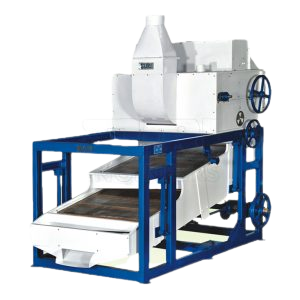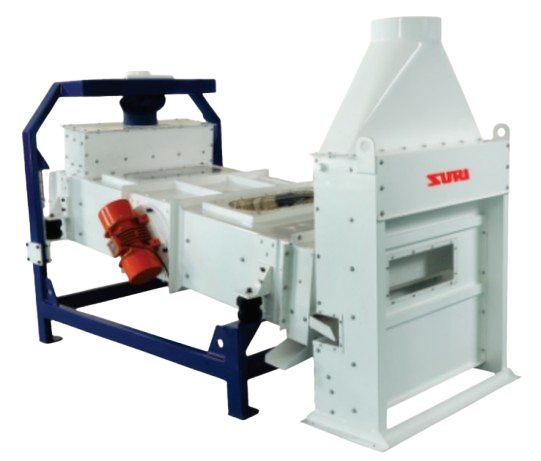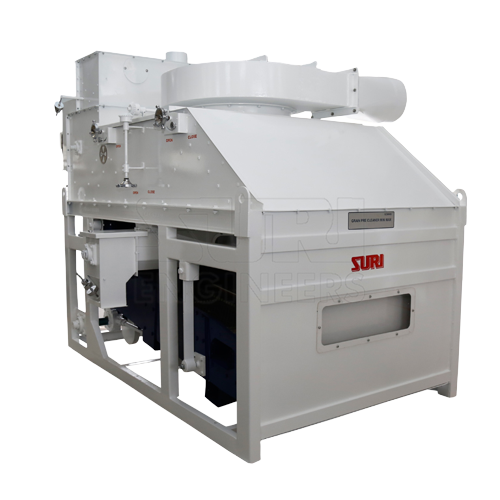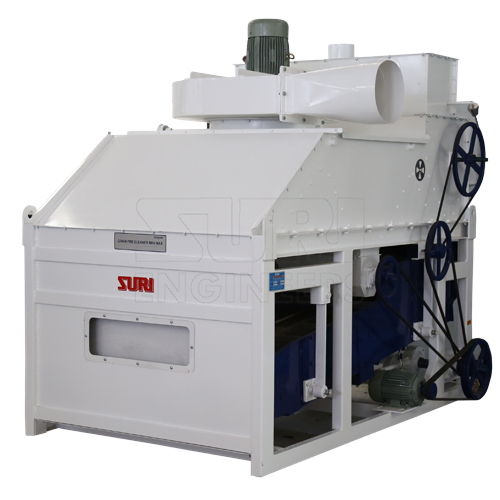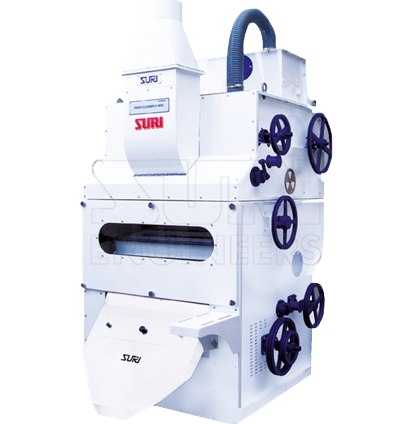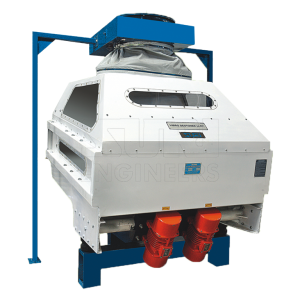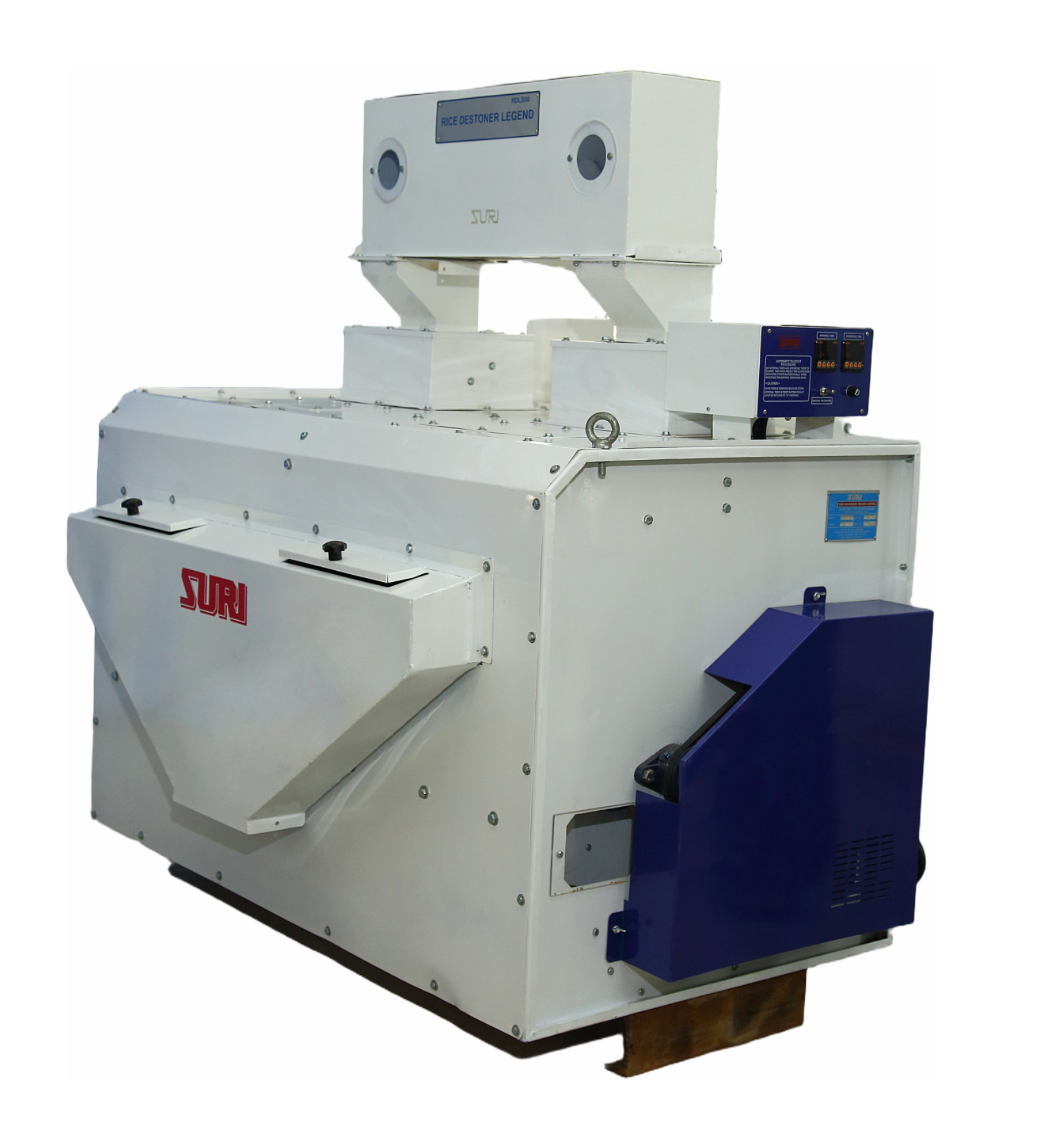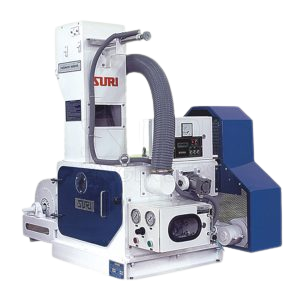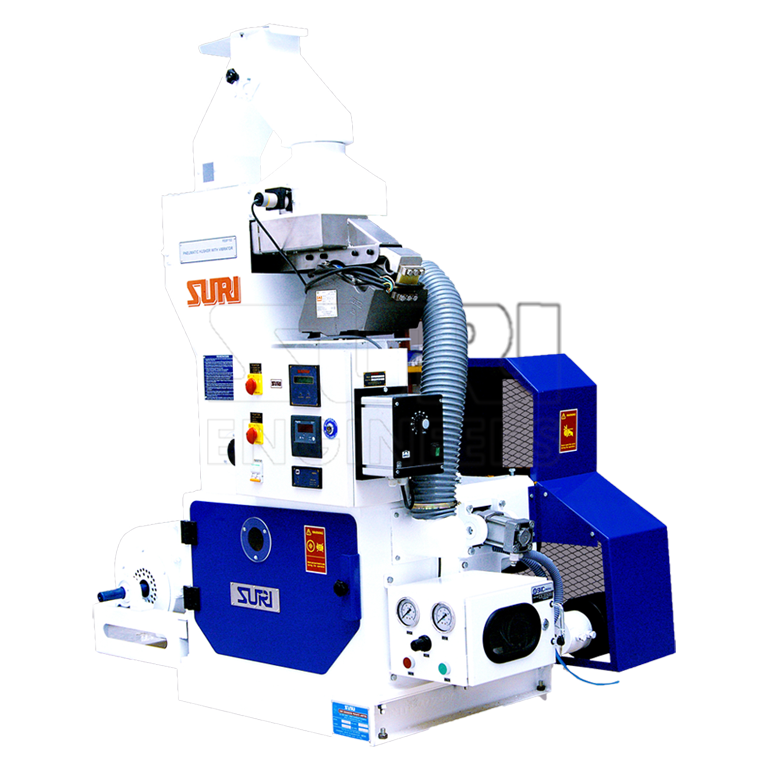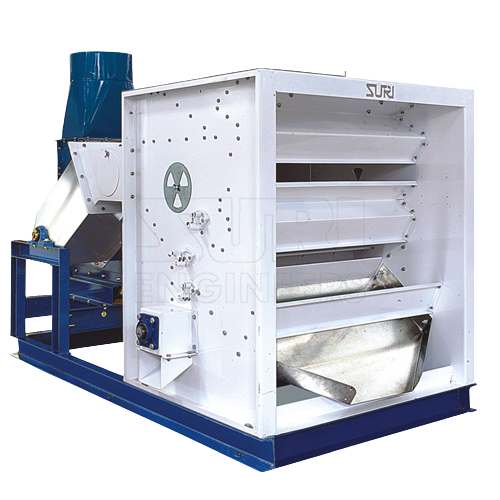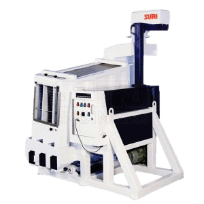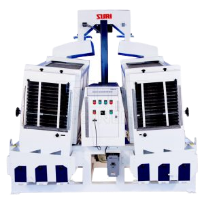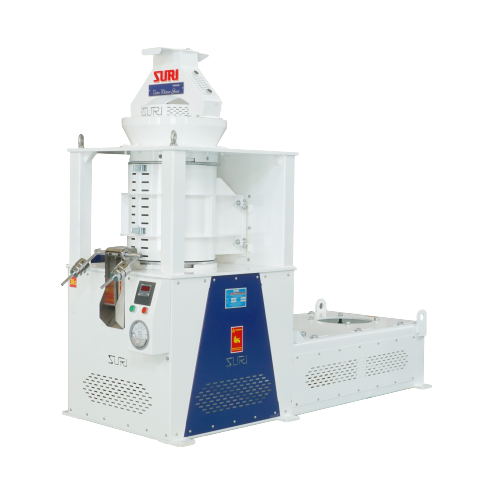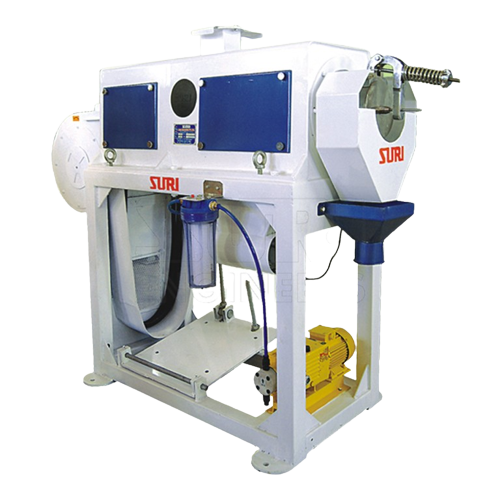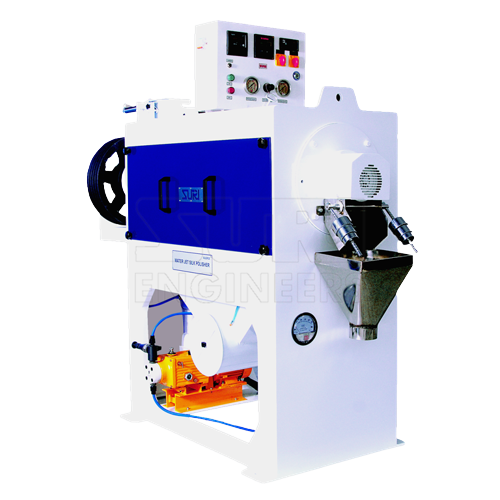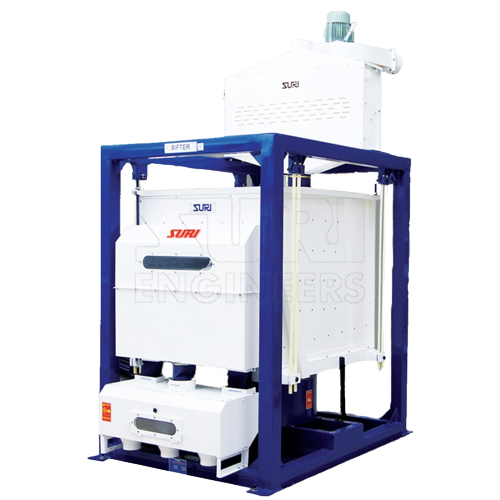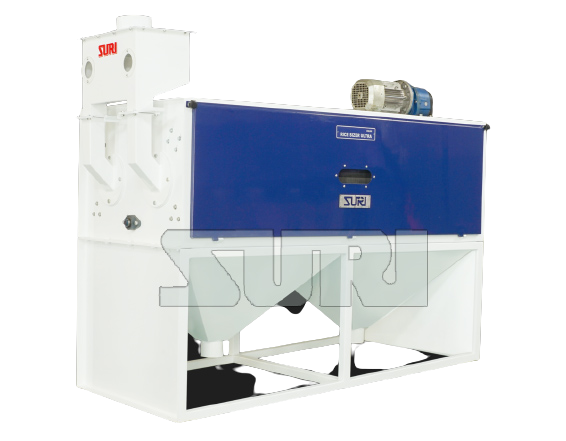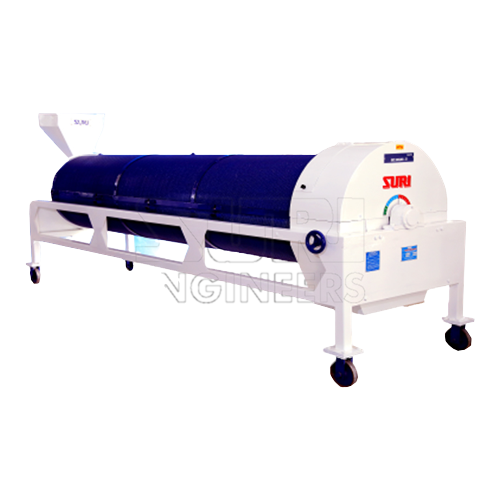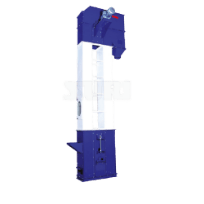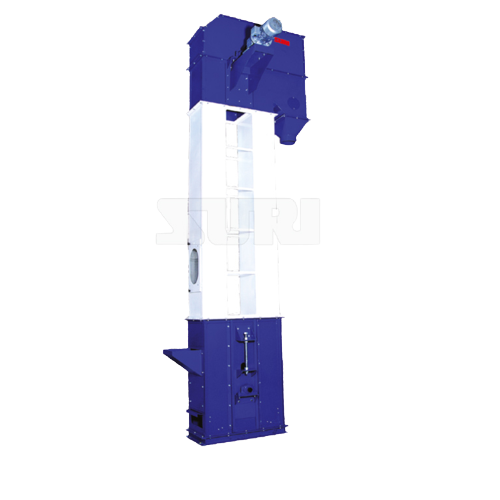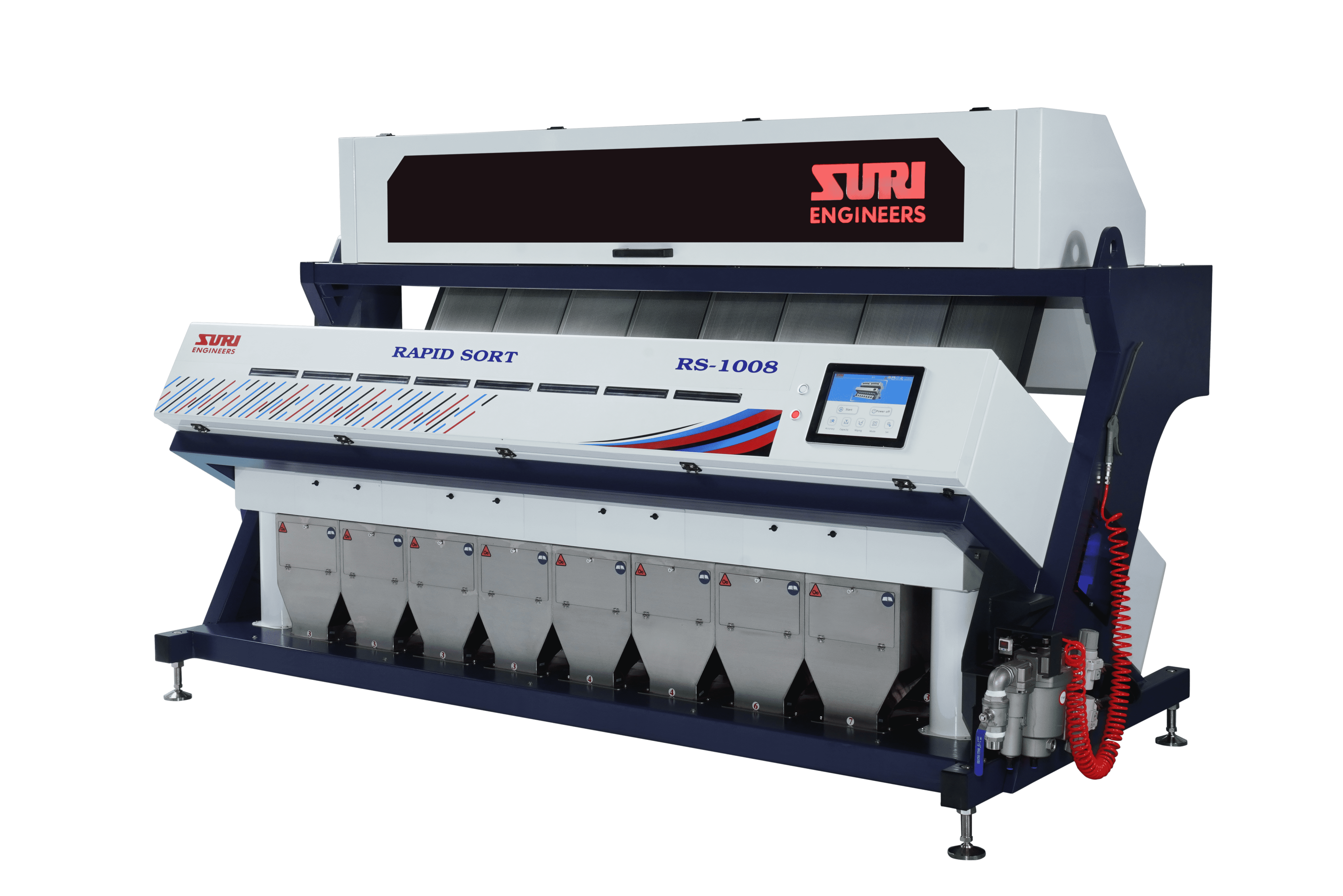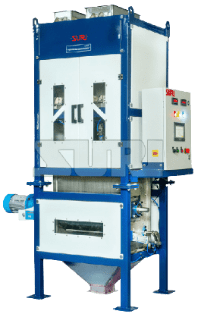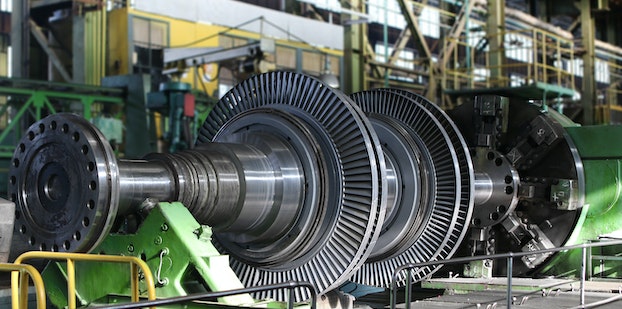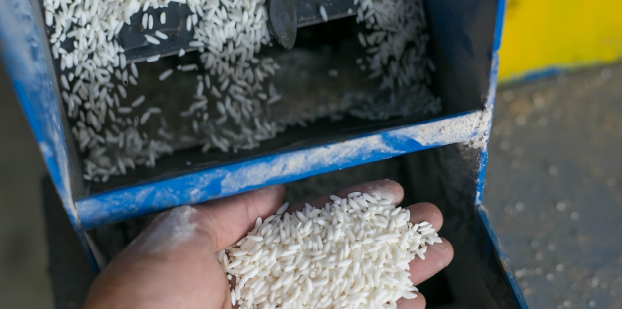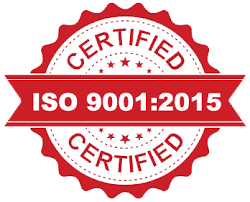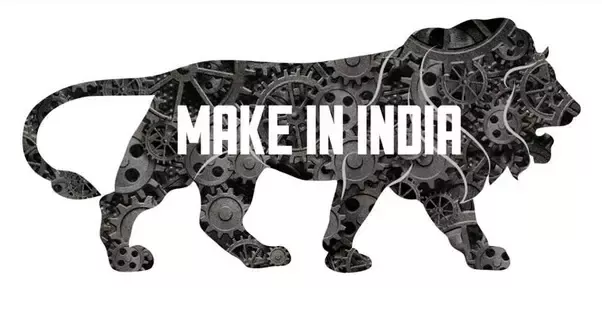March 1, 2023 | 10 min read
Modern Rice Milling Process: Meaning, Steps and Flow Chart
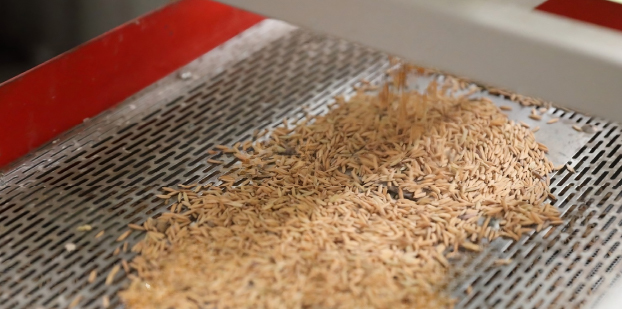
Paddy Milling: Meaning
Milling of paddy is the detailed process of producing refined milled rice, which involves the careful separation of the husk (20%), bran layers (10%), and clean rice or starchy endosperm (65%) and broken rice (5%). The milling of rice process consists of various essential steps, including cleaning, husking, whitening, polishing, and sorting. Each stage plays a vital role in the transformation of unpolished rice into high-quality white rice that is suitable for consumption.
Importance of Rice Milling
The advantages of processing of paddy to make rice extend beyond mere aesthetic improvements to rice grains. It offers various other advantages:
1. Enhanced Taste
The elimination of the bran layer, which carries a slightly bitter taste, results in a milder and more palatable flavour profile due to rice mill processing.
2. Improved Cooking Properties
Processed rice cooks more rapidly and evenly than unpolished rice, making it a convenient option for daily consumption.
3. Extended Shelf Life of Rice
By eliminating the bran layer, which contains oils prone to spoilage, paddy milling contributes to extending the shelf life of rice. This not only reduces waste but also ensures long-term food security.
Modern rice mills have experienced powerful improvements by including cutting-edge machinery and techniques to enhance efficiency and the quality of the final product. The main objective of rice processing is to eliminate the husk, bran layers, and any other impurities, revealing pure white rice grains that are fit for consumption. By refining the product, paddy milling produces a premium result that is not only aesthetically pleasing but also packed with nutrients.
Modern Rice Milling vs Traditional Rice Milling
Modern and traditional rice milling processes are different, particularly in terms of effectiveness, technology, and quality of the final product. Based on the type of rice processing mill, the process differs.
What is Modern Milling of Rice?
In a modern rice processing mill, manufacturers use advanced rice mill machines like polishers, abrasive stones, pumps, and powerful motors to process rice. It's like having high-tech aides that make the whole process smoother. This way, we get more rice, and it's harmonious in quality. It's a fast and effective system.
What is Traditional Milling of Rice?
On the other hand, traditional rice milling is like the old-academy way of doing thing. People in traditional rice processing mill use homemade labour and introductory tools like pestles and mortars, which takes further time, and you end up with lower percentage of rice.
How to Mill Rice Using Rice Mill Machines?
The milling process of rice uses advanced technology to carefully extract the edible portion of the rice grain. This multi-step process involves removing the outer layers, called the husk and bran while preserving the nutritious heart of the rice grain, known as the endosperm. This not only enhances the appearance and texture of the rice but also plays a crucial role in its quality
Modern rice milling machines are integrated with advanced features that work in harmony to produce top-quality rice that meets the expectations of consumers. For instance, the following are examples of a few rice mill machines used in different stages of rice milling:
1. Dehuskers
These powerful paddy shelling and dehusker machines act like nutcrackers, cracking open the outer husk to reveal the brown rice kernel.
2. Polishers
The rice polisher machines take the brown rice and further refine it by carefully removing some of the remaining bran layers, giving it a characteristic white appearance.
3. Graders
These sorting machines separate the rice based on size and quality, ensuring consistency in the final product.
Modern Rice Milling Process Flow Chart
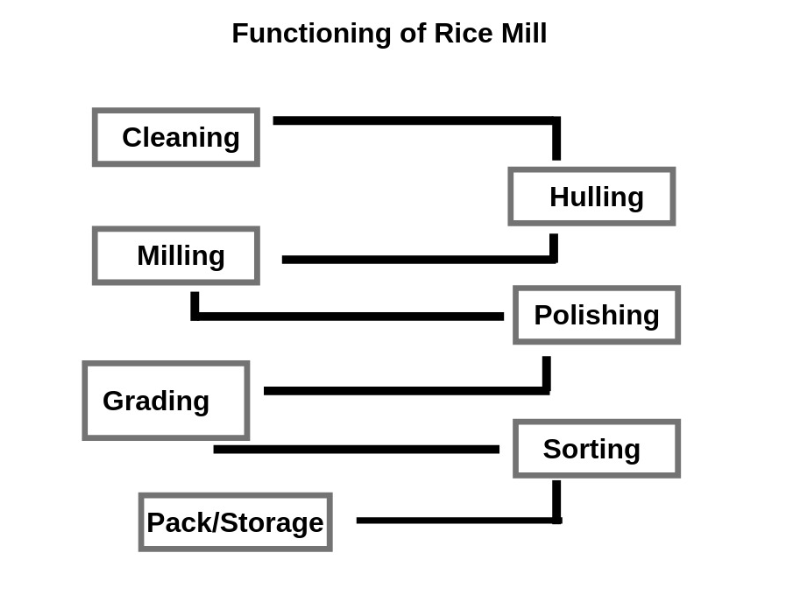
Stages of Rice Processing: Step-by-Step
Wondering how is rice processed step-by-step? The process involves various stages and technologies aimed at obtaining high-quality rice grains for consumption. Here are the paddy processing steps in detail:
1. Paddy Cleaning
The processing of rice begins with the blowout of paddy (unhusked rice). The paddy is thoroughly cleaned to remove impurities like stones, dust, and other foreign particles. Cleaning machines such as pre-cleaners and vibro destoner machines are used in this step.
2. Parboiling
In some rice milling operations, the paddy may undergo the parboiling stage, a process that improves the nutritional content and quality of the rice. During this process, the paddy is washed, steamed, and dried before the milling of paddy. This stage requires soaking tanks, steaming equipment, and drying facilities.
3. Milling Paddy
Now, the paddy to rice conversion process begins with the removal of the outer layers of the paddy to obtain brown rice. Modern rice mills use various machines like hullers, whitening machines, and polishers to remove the husk, bran, and germ layers, producing brown rice.
4. Rice Whitening
Brown rice undergoes further processing to remove the remaining bran layers, resulting in white rice. Whitening machines that use friction or abrasion are used in this process.
5. Rice Polishing
For certain types of rice, additional polishing is performed to enhance appearance. Water jet polishing machines use friction to give the rice a shiny appearance.
6. Rice Sorting and Grading
The milled rice is sorted and graded based on size, colour, and quality to guarantee a consistent final product. Optical sorters, length graders, and other rice sorting machines are used for accurate categorisation.
7. Rice Length Grading and Blending
Rice is further sorted based on grain length. Different batches may be combined to achieve specific qualities. Length graders and blending equipment are used to achieve the desired rice quality.
8. Quality Control
Throughout the entire process, quality control measures are implemented to ensure that the rice meets industry and consumer standards. Sensors, monitoring devices, and quality control staff contribute to maintaining consistent quality.
9. Rice Packaging
The final milled rice is packaged for distribution to consumers. Automated packaging machines fill and seal bags with processed rice.
The paddy milling process is a complex and multi-step procedure that requires precision and attention to detail. Each step in the process is carefully performed to achieve the desired characteristics in the final rice product.
Understanding each step in the process is essential for ensuring the quality and consistency of the final rice product. By implementing modern milling techniques over traditional milling of rice and utilizing advanced machinery, you can upgrade the rice milling and processing. Moreover, the rice mill manufacturing process can benefit from improved efficiency, and reduced waste, and manufacturers can produce high-quality rice that meets the demands of consumers worldwide.
Conclusion
Paddy milling is a dynamic process that has experienced significant advancements over time. In addition to the traditional milling of rice process, there are also ultramodern milling ways that use advanced technology to help effectiveness and productivity via the modern rice milling process.
Suri Engineers, established in 1974, has been a major player in providing rice mill equipment for the convenient manufacturing process of rice mill, contributing immensely to the modernization of rice manufactories. The company offers a range of ultramodern rice milling machines that combine advanced technology to enhance effectiveness, productivity, and the overall quality of the mulled rice.
